Introduction: How to Break a Broody Hen with Water
If you’re raising backyard chickens, you’ve probably faced the challenge of a broody hen—one that suddenly stops laying and becomes fiercely protective over an empty nest. While this behavior is natural, it can disrupt your flock’s egg production and even endanger the hen’s health. Fortunately, there are humane, effective ways to intervene—one of the most accessible being using water.
This guide will walk you through how to break a broody hen with water, explore why it works, and provide seven fast-acting alternatives if your feathery friend is especially persistent.
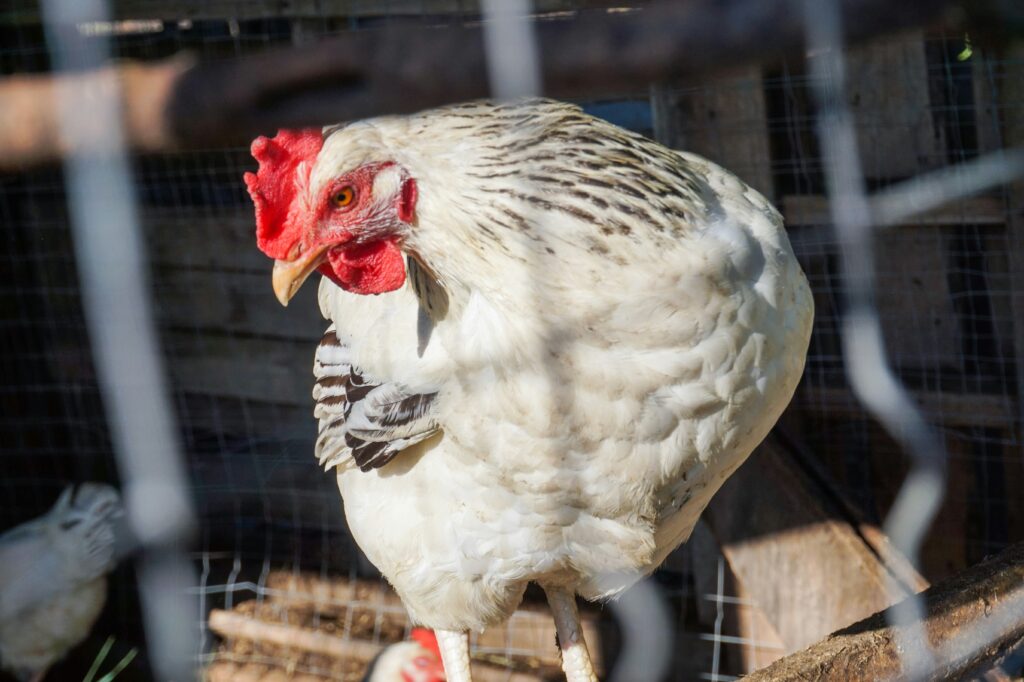
Photo by Idella Maeland on Unsplash
What Is a Broody Hen?
A broody hen is one that instinctively wants to hatch eggs—even if there are none to hatch. She’ll sit in the nesting box all day and night, fluff up her feathers, growl or peck when approached, and rarely leave the nest to eat or drink.
Key Signs:
- Reluctance to leave the nest
- Flattened, puffed-up appearance
- Growling or pecking when touched
- Clucking with a distinct tone
- Missing feathers on her breast (to warm eggs directly)
Why Do Hens Go Broody?
This behavior is rooted in evolutionary biology. Hens are genetically programmed to want to reproduce. Factors influencing broodiness include:
- Breed: Some breeds (e.g., Silkies, Cochins, Orpingtons) are more likely to go broody.
- Season: Spring and summer trigger reproductive instincts due to longer daylight.
- Environment: Comfortable, quiet nesting areas may encourage it.
- Age & Hormones: Mature hens are more susceptible, especially those with higher prolactin levels.
Dangers of Letting a Hen Stay Broody Too Long
Leaving a broody hen unchecked can lead to:
- Weight Loss: She may stop eating or drinking enough.
- Dehydration: Constant nesting limits hydration.
- Egg Binding: Risk increases if she lays and tries to brood simultaneously.
- Infestation: Mites and lice thrive in warm, undisturbed places.
- Aggression: She may bully other hens or monopolize nesting boxes.
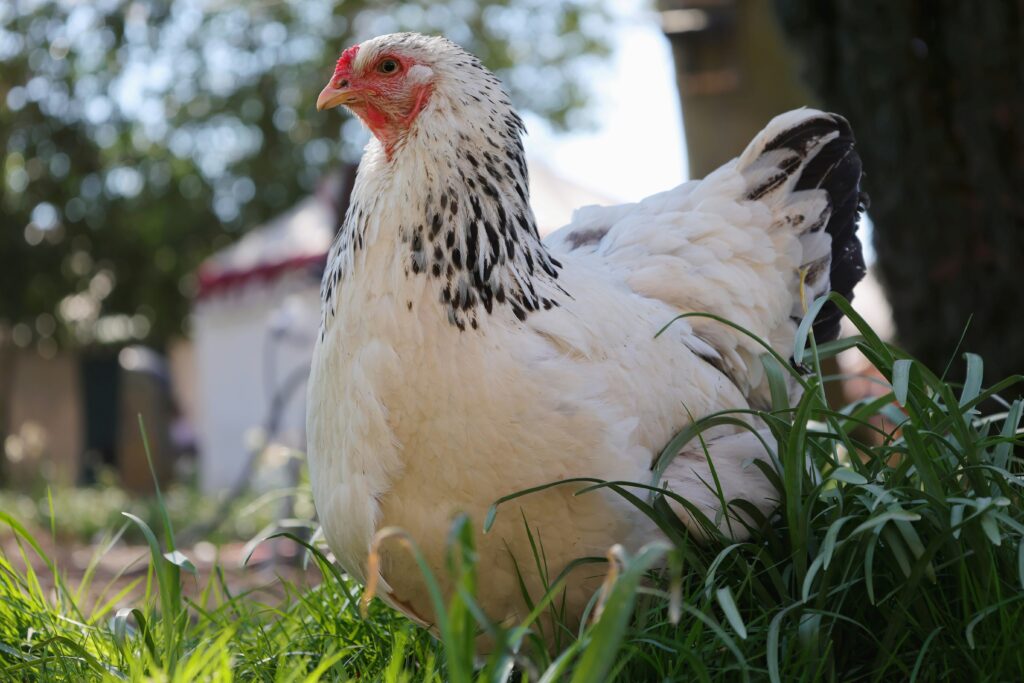
Photo by Jack Blueberry on Unsplash
When Should You Break a Broody Hen?
If you’re not planning to hatch eggs, the sooner you intervene, the better. Aim to act within 3 days of the first signs. The longer she’s allowed to sit, the harder it is to reverse.
Key Triggers to Act:
- No rooster in the flock
- No fertilized eggs
- Prolonged nesting behavior
- Decrease in overall egg production
Water as a Tool to Break Broodiness
Why Water Works
Using water works because broodiness is partially triggered by elevated body temperature. Cooling the hen’s underside signals her body to stop producing “broody” hormones (like prolactin). This method is safe when done properly and mimics natural temperature regulation.
Cold Water Method: Step-by-Step
Materials Needed:
- A clean bucket
- Cool (not ice-cold) water
Instructions:
- Fill a bucket with 4–6 inches of cool water.
- Gently place the hen into the bucket so only her lower belly and vent area are submerged.
- Hold her for 5–10 minutes while supervising.
- Dry her off with a towel and keep her in a shaded, breezy spot to continue cooling.
- Repeat 1–2 times a day for up to 3 days.
Safety Tip: Never submerge her head or force the process. Use lukewarm water on colder days.
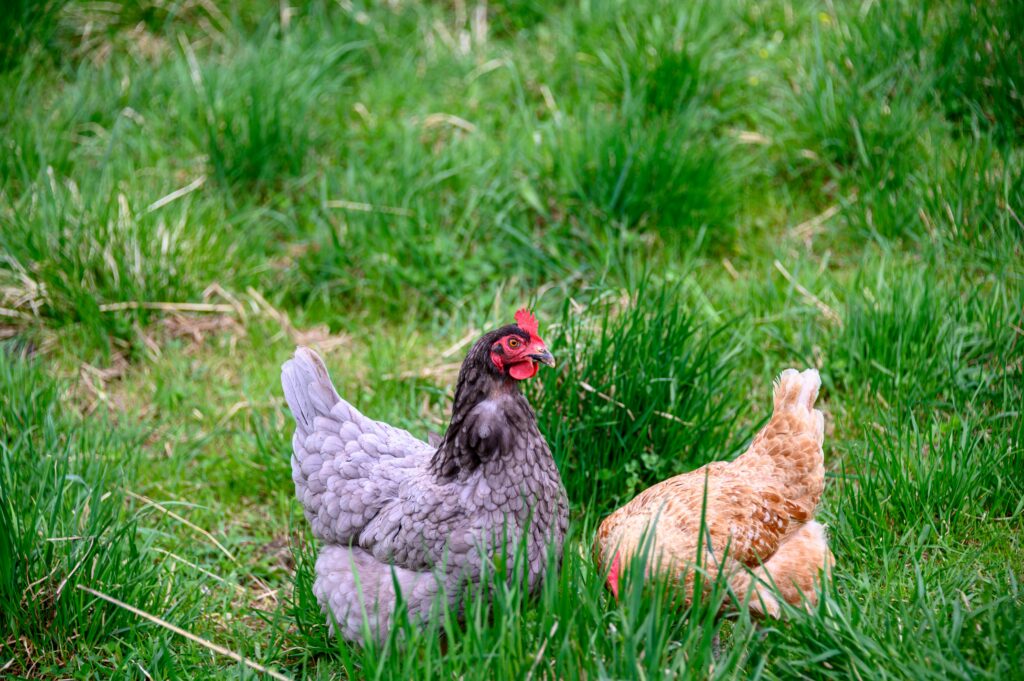
Photo by Etienne Girardet on Unsplash
Ice Pack Nest Box Technique
Another water-based trick is placing frozen gel packs or sealed ice bags in the nesting box. The hen won’t enjoy the chill and will usually abandon the area.
Tips:
- Use soft-sided gel packs to avoid injury.
- Wrap in a thin towel to prevent freezer burn.
- Replace every few hours for best effect.
The Broody Breaker Bath
Some chicken keepers prefer a gentle lukewarm bath, which combines comfort with cooling.
Steps:
- Use a shallow tub or large basin.
- Fill with room-temperature water—about 2 inches deep.
- Let the hen soak for 10–15 minutes under supervision.
- Pat dry and keep her in a wire cage or shaded run.
This method works best for sensitive hens or those distressed by the cold water dunk.
7 Fast-Acting Alternatives to Water
Water doesn’t always do the trick, especially with determined broody hens. Here are seven proven alternatives:
1. Wire Bottom Cages
Also known as broody breakers, these are raised cages with wire bottoms that prevent nesting comfort and increase airflow to her belly.
How It Helps:
- Disrupts brooding temperature
- No soft bedding = no nesting
2. Removing Nesting Material
Take out all bedding from nesting boxes temporarily. This reduces warmth and makes the space less inviting.
3. Isolating the Hen
Place her in a separate area away from the coop with no nesting boxes for 2–3 days. Out of sight, out of brood.
4. Frequent Egg Collection
Broodiness often starts when hens sit on accumulated eggs. Collect eggs several times daily to reduce triggers.
5. Adding Light to the Coop
Increasing daylight with artificial lights can confuse the hen’s hormonal clock and help reset her cycle.
6. Frozen Vegetable Bags
Old-school and cost-effective: Toss a bag of frozen peas or corn into the nesting spot. It cools things off fast and deters nesting.
7. The “Time Out” Crate
A short stay in a ventilated dog crate with food and water can help reset her behavior. No bedding, no nesting!
How Long Does It Take to Break Broodiness?
Most hens break within 3–5 days if consistently discouraged. Water methods often show results in just 1–2 days, but stubborn hens may need repeated efforts.
How to Know It’s Working
Behavioral Signs:
- She leaves the nest on her own
- No longer fluffs or growls
- Returns to eating and dust bathing
- Roosts normally at night
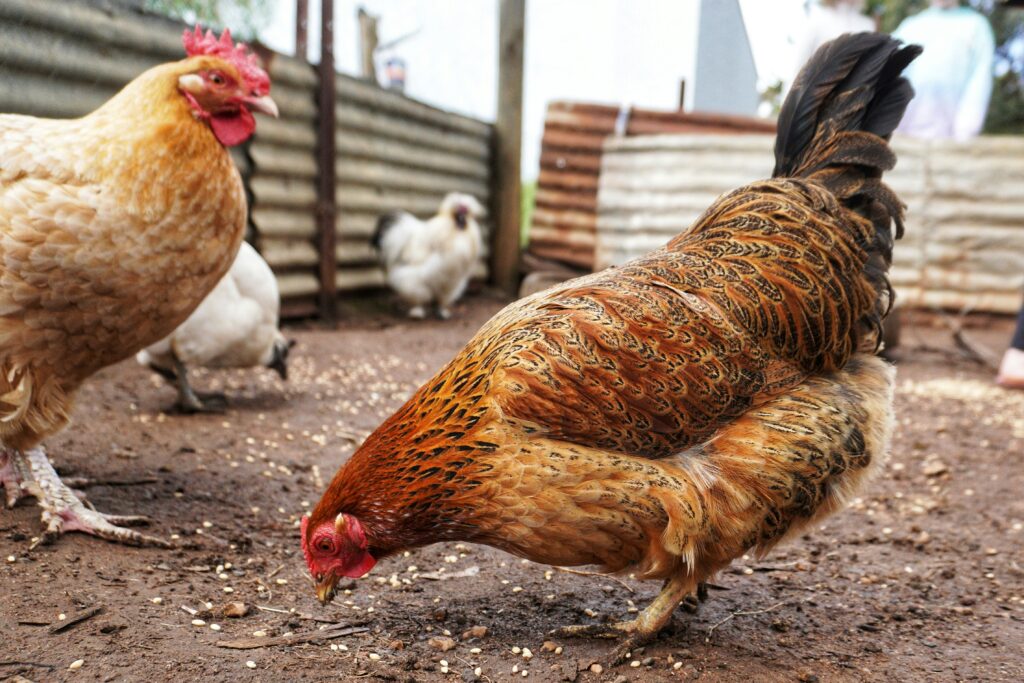
What to Avoid When Breaking a Broody Hen
- Don’t force-feed or hydrate—encourage natural intake instead.
- Avoid rough handling—stress can worsen broodiness.
- Never use ice water or prolonged soaking.
- Don’t isolate for too long—2–3 days max is sufficient.
Preventing Broodiness in the Future
- Rotate nesting box materials.
- Avoid dark, enclosed nests.
- Use fake eggs sparingly—they can trigger brooding.
- Choose non-broody breeds for egg-focused flocks.
FAQs
1. Is it safe to use water to break a broody hen?
Yes, as long as you don’t submerge her head and monitor the temperature and time carefully.
2. Can I break a broody hen naturally without water?
Absolutely. Isolation, wire cages, and removing nest access are highly effective.
3. How often should I try the cold water method?
Twice daily for up to 3 days is typically effective.
4. Will a broody hen return to laying eggs?
Yes—within a week after breaking broodiness, she’ll usually return to normal egg-laying.
5. Are broody hens aggressive?
Often, yes. They’re hormonally driven and very protective over “imaginary” eggs.
6. Should I let a broody hen hatch chicks?
Only if you have fertile eggs, a rooster, and are prepared to care for the chicks.
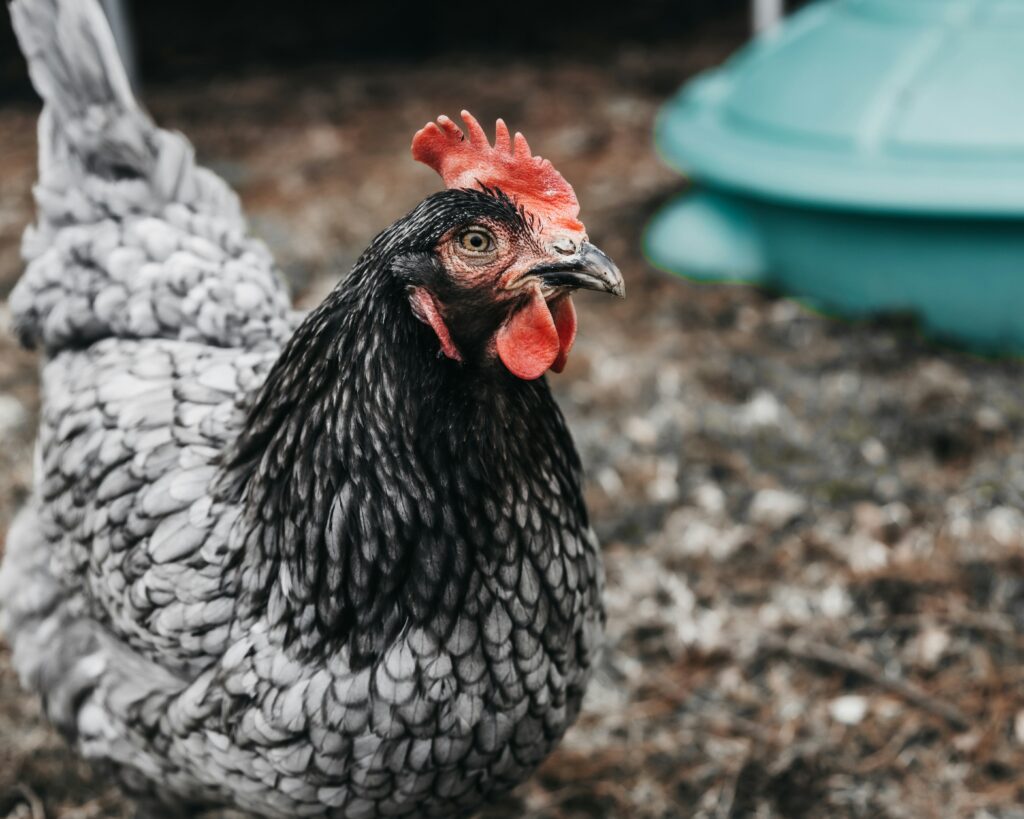
Photo by Alek Olson on Unsplash
Conclusion
Breaking a broody hen can seem like a challenge—but with the right approach, it’s completely manageable. Water-based methods are humane, effective, and simple to implement at home. If those don’t work, try the seven fast-acting alternatives to restore peace and productivity to your coop.
By staying alert to your hens’ behavior and responding early, you ensure a happy, healthy flock and consistent egg production all season long.
